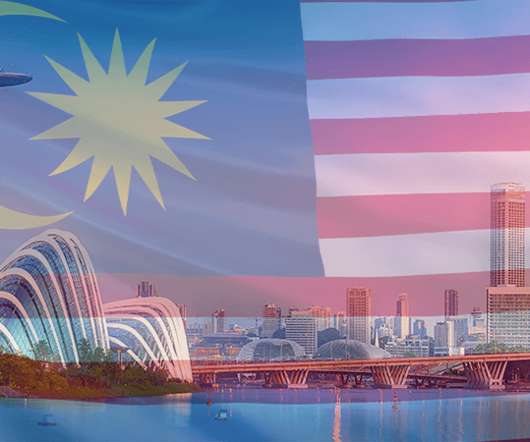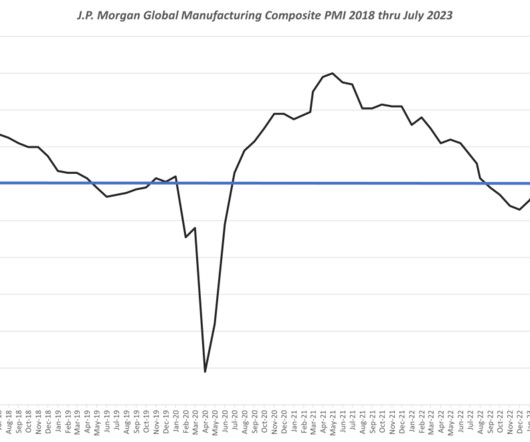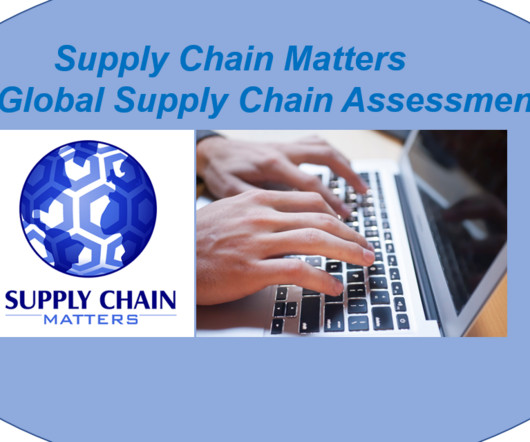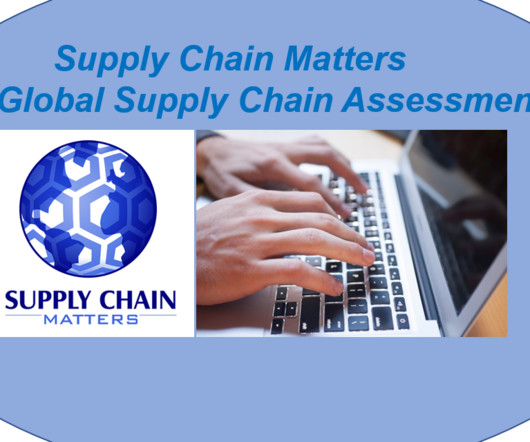Doing Business in Malaysia
QAD
SEPTEMBER 8, 2020
Malaysia became an independent nation, the Federation of Malaya, in 1957. Prior to that, the British Empire ruled the territory as colonies and protectorates, and Japan occupied the area from 1942 to 1945. Located in Southeast Asia, Malaysia is bordered by Thailand, Borneo, Indonesia, Brunei and the South China Sea. of the GDP.



























Let's personalize your content